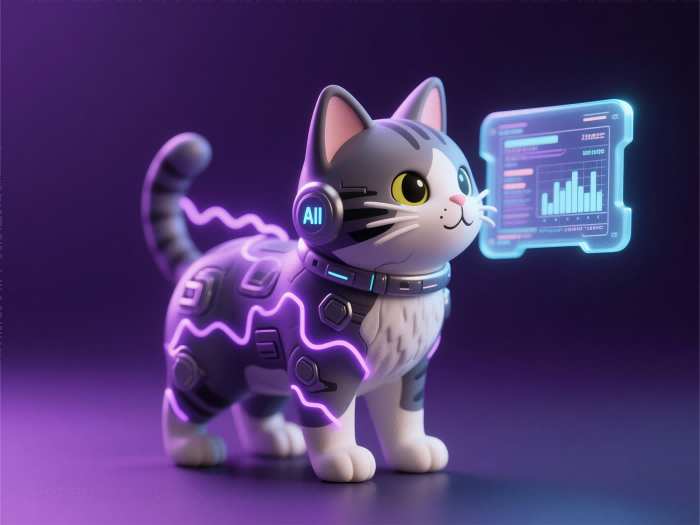Cutting-Edge AI Technologies: Breaking Boundaries and Reshaping the Future
In today's era of rapid technological advancements, the field of artificial intelligence (AI) continues to burst with innovative vitality. A series of cutting-edge technologies are constantly breaking through technical boundaries, reshaping the development landscape of human society. These technologies have not only profoundly transformed the operation models of traditional industries but also opened the door to exploring infinite possibilities in the future.
Embodied intelligence, as a crucial direction in cutting-edge AI technologies, aims to endow AI with physical forms and perceptual interaction capabilities, bridging the gap from virtual intelligence to real-world application. The Atlas robot developed by Boston Dynamics, leveraging advanced motion control algorithms and sensor technologies, can walk flexibly in complex terrains, perform challenging maneuvers, and even execute backflips. In the industrial sector, embodied intelligence robots can venture into hazardous environments to carry out tasks, such as troubleshooting in nuclear power plants and conducting rescues at fire scenes. In elderly care scenarios, intelligent nursing robots can assist in taking care of the daily lives of the elderly and monitoring their health conditions, effectively alleviating the caregiving pressure brought about by an aging society.
Multimodal large models integrate multiple data modalities, including text, images, audio, and video, significantly enhancing AI's ability to understand and process complex information. Take GPT-4V as an example; it can not only comprehend textual content but also analyze and interpret images and charts. When users upload a chart with complex data and pose questions, GPT-4V can quickly extract key information and provide accurate answers. In medical diagnosis, by combining patients' medical records and medical images, multimodal large models can assist doctors in making more precise diagnoses, improving the efficiency and accuracy of medical diagnosis. Additionally, in the field of education, multimodal large models can transform abstract knowledge into vivid graphic, audio, and video content, creating an immersive learning experience for students.
Generative AI technologies have triggered a new round of creative revolutions. Text-to-image models like Stable Diffusion and Midjourney have gained widespread attention. Designers only need to input a text description, and these models can rapidly generate images with diverse styles and rich details, which are widely applied in advertising design, game development, film, and television production. Generative AI also demonstrates remarkable potential in music creation. AI music composition tools can create complete musical works according to set styles, rhythms, and emotional tones, injecting new creative impetus into the music industry.
Reinforcement learning and environment interaction optimization technologies enable AI to learn and make decisions autonomously in dynamic environments. In the field of autonomous driving, through reinforcement learning algorithms, vehicles can continuously learn from mistakes and optimize driving strategies in simulated complex road conditions, mastering skills such as flexible lane-changing in traffic jams and handling sudden traffic situations. In intelligent logistics systems, reinforcement learning can optimize the path planning and cargo handling processes of warehouse robots, improving logistics efficiency. With the development of technology, this technology is expected to play a crucial role in more fields, such as energy management and financial transactions.
However, the development of cutting-edge AI technologies also faces numerous challenges. Ethically, generative AI may lead to issues such as the spread of false information and copyright disputes. The widespread application of embodied intelligence robots may have social impacts, such as adjustments to the employment structure. Technologically, problems like the data processing efficiency of multimodal large models and the training costs of reinforcement learning still need further solutions.
Looking ahead, cutting-edge AI technologies will evolve towards greater generality, intelligence, and security. As these technologies mature and improve, they will be deeply integrated into various industries and daily life scenarios, driving leaps in social productivity and creating a more convenient, efficient, and better future for humanity. At the same time, it is essential to establish and improve relevant laws, regulations, and ethical norms to ensure that the development of cutting-edge AI technologies always serves the well-being of humanity.













